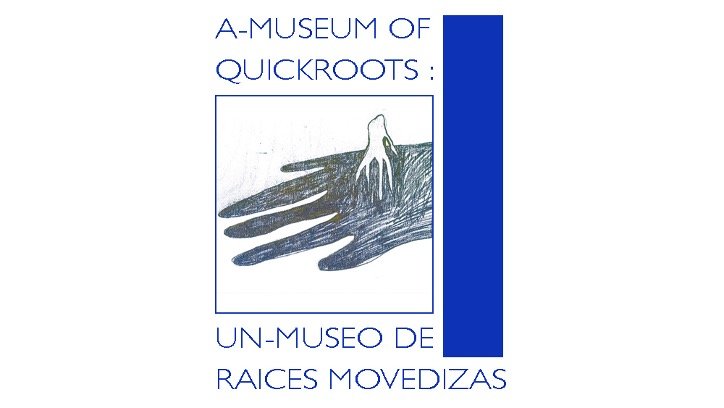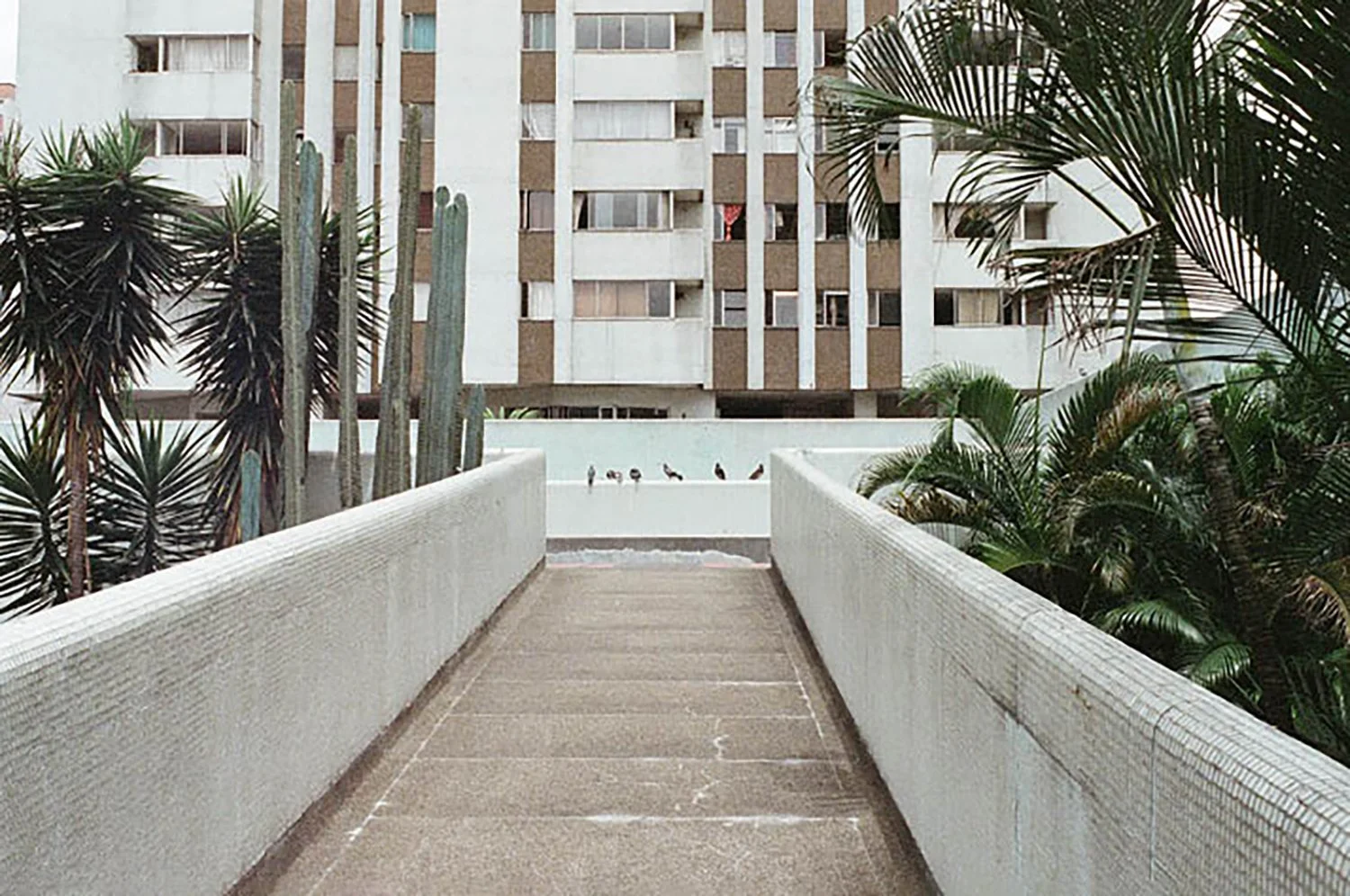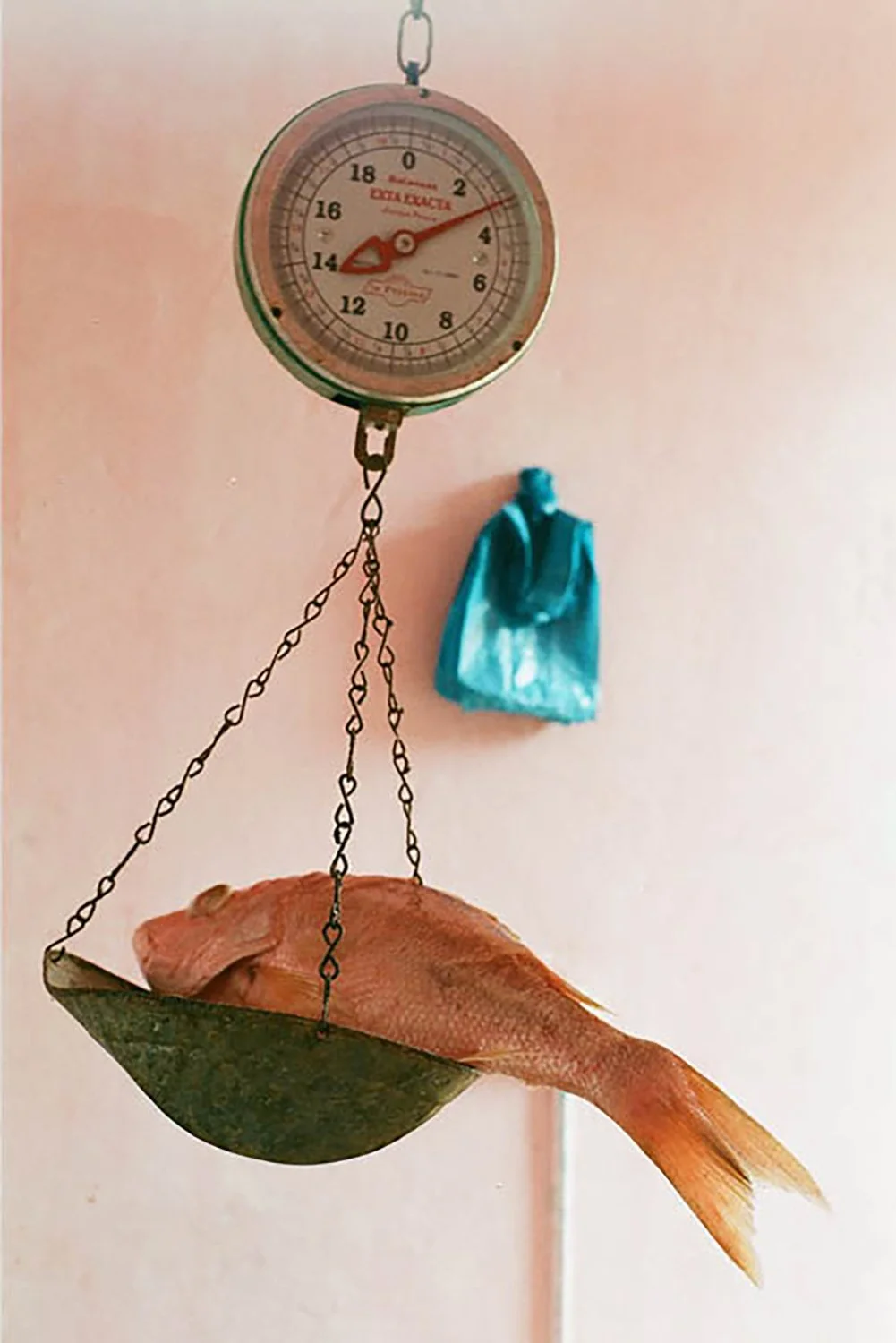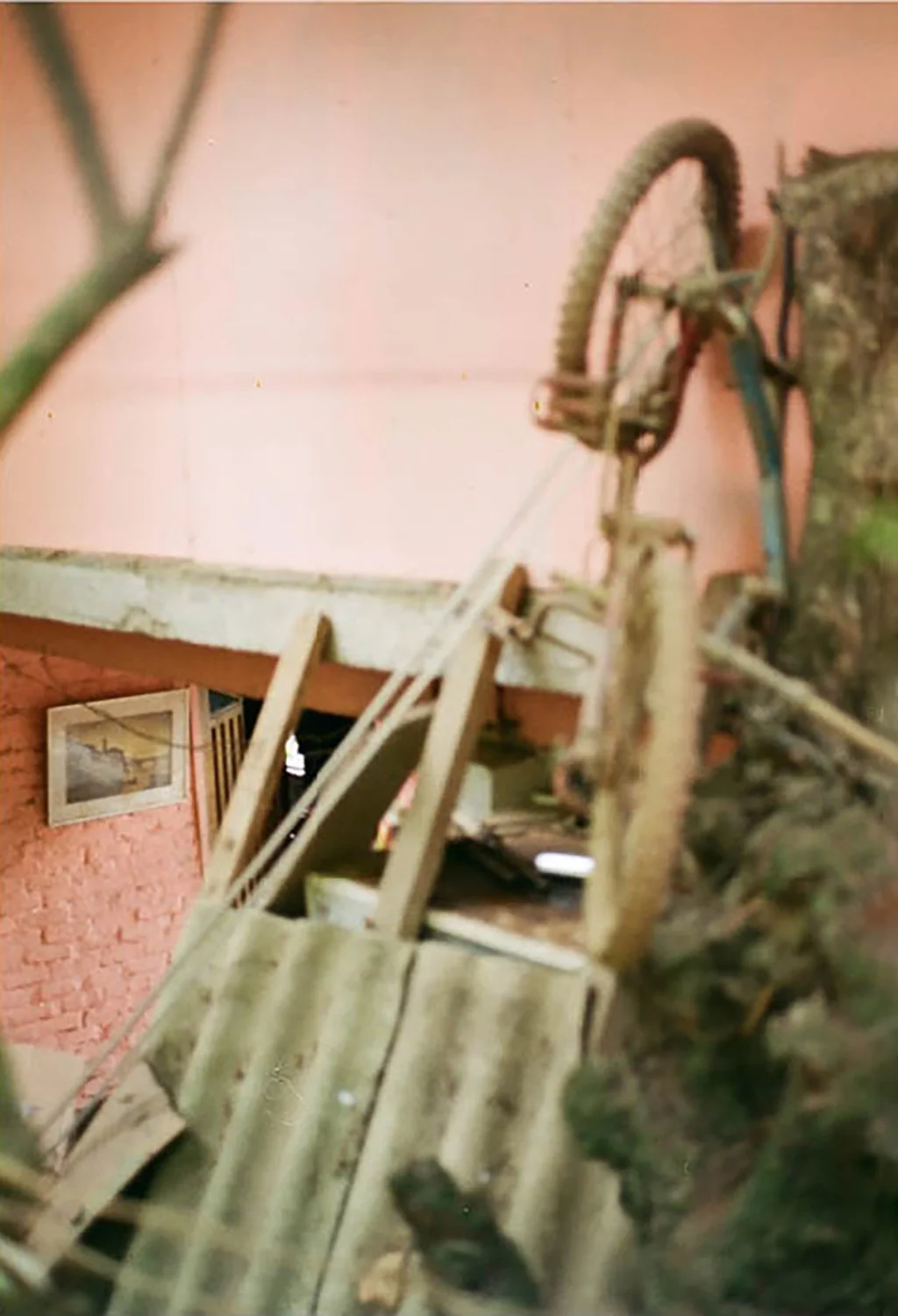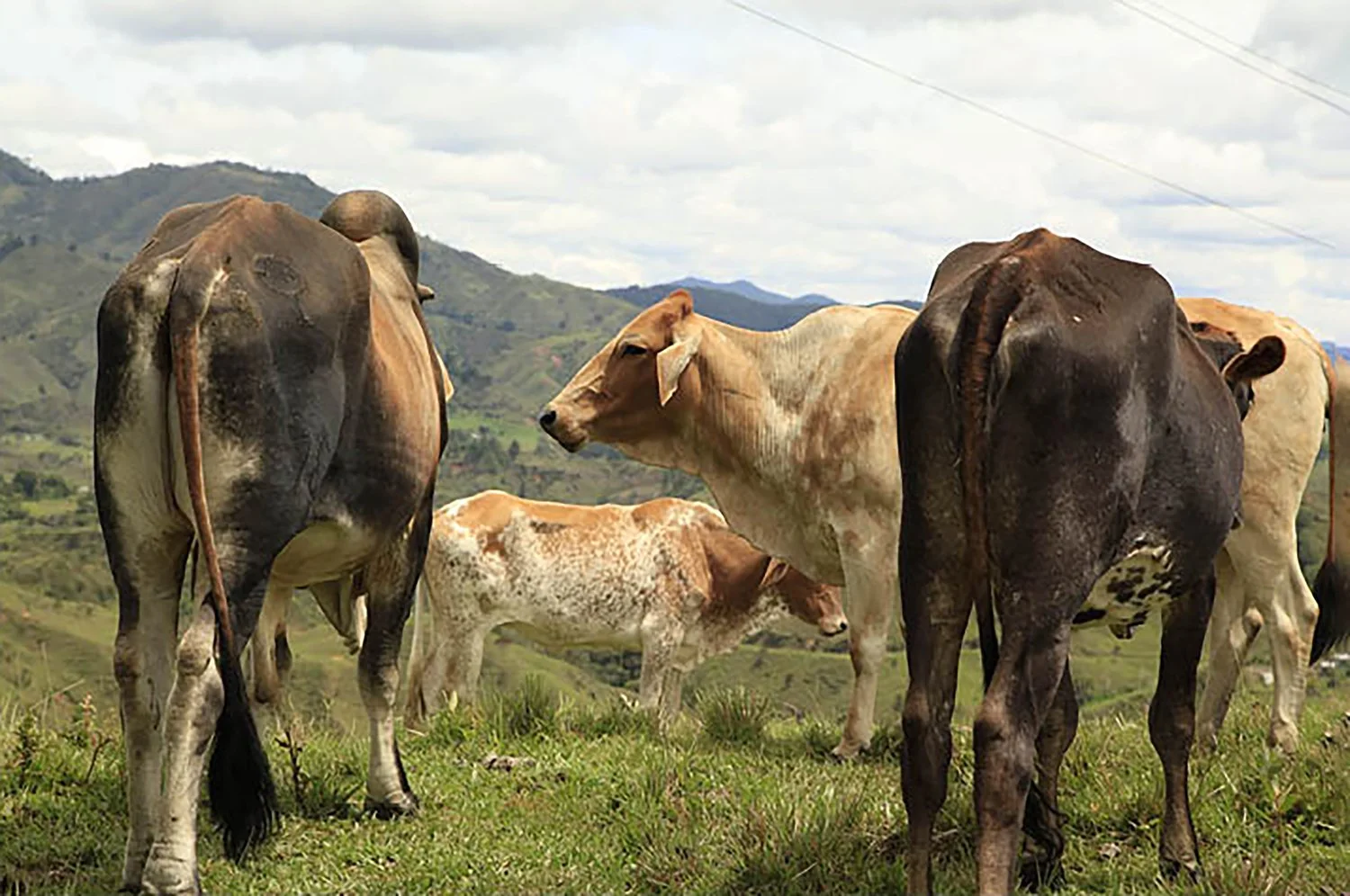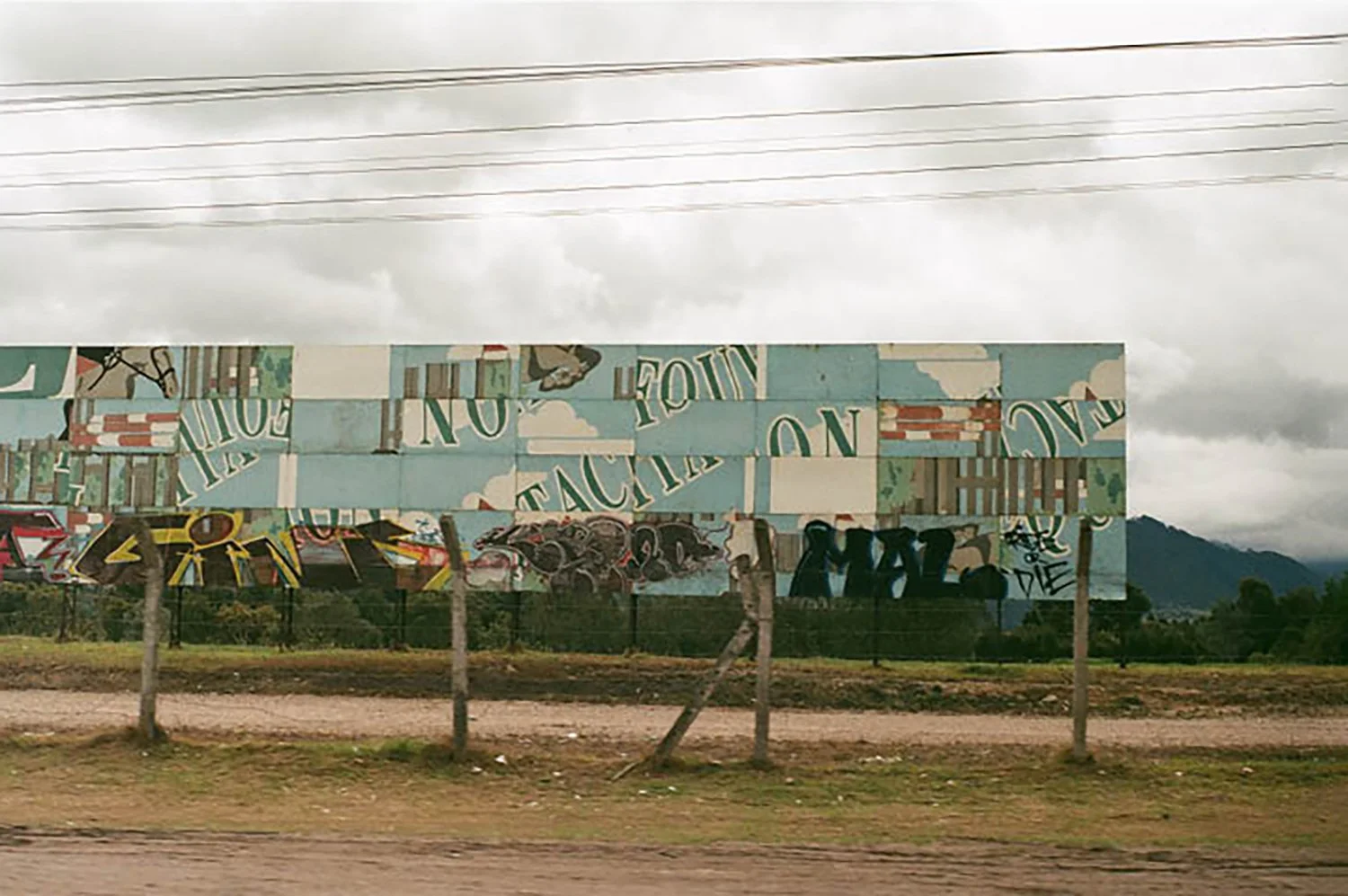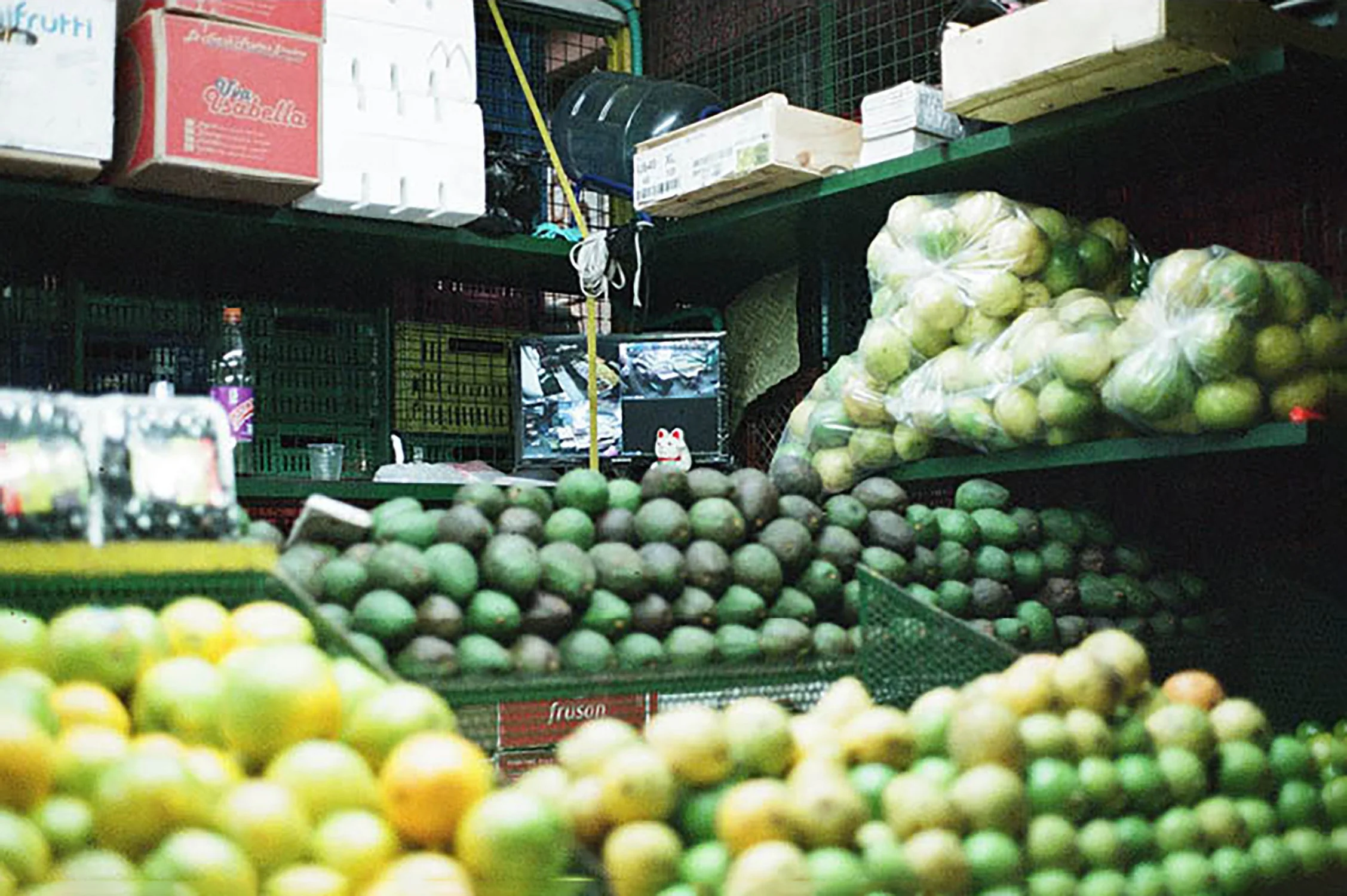With the Future On Our Backs
Immigration law, through its discursive system of courts, codes, customs, agencies, and agents, negotiates the future citizenry by interpreting and defining the terms through which a nation may systematically recognize, represent, neglect, or oppress its inhabitants. Policing of recognition is internal to representative democracy in establishing the state, the law, and its practice, whether through formal hearings or through what Jacques Ranciere would call “the partitioning of the senses,” as the distribution of that which can be seen, heard, or otherwise sensed in different spaces at different times. These “distributions of the sensible” are constantly at work, formally and informally, through the negotiations of signs, performances, and facts that bind bodies and identities, and these, to politics. The status quo is the resulting distribution of recognition and resources influenced by the way we comprehend and organize in the face of the powers that be, otherwise received as “the future” denoted as a prospective condition of success or prosperity.
As Christopher Pinney points out in The Waterless Sea: A Curious History of Mirages, “the internalized beholder may have been necessary in order to direct the viewer’s attention to an inadequately presenced mystery.” Likewise, the territory in which undocumentation is enacted is mystified in jurisprudence and its performative codes of representation. Think, for instance, of the positions lawyers take behind their clients as they perform their role within the legal system to convey a claim for “the future,” and their client’s future more precisely. Hold this thought while Pinney directs us to Joseph Leo Koerner’s examination of Friedrich’s usage of the Rückenfigur motif:
...as a figure of belatedness who obstructs our possession of the picture space. In the absence of the halted traveller, our eye moves freely through the landscape represented within the image. The presence of that figure ‘radically alters the way we see the painted world beyond us... I do not stand at the threshold where the scene opens up, but at the point of exclusion, where the world stands complete without me.’
In order to open legal territory to inch closer to a more comprehensive image of the pluriverse we need to develop ways to recognize perceptions beyond the codes through which “the future” is framed. Higuera’s work presents facsimiles of migrant images documenting moments of intimacy with territories beyond the courtrooms, and to be invoked there, to claim the space and time for recognition and “the future” along with it.
Con el Futuro en Nuestra Espalda
La ley de inmigración, a través de su sistema discursivo de tribunales, códigos, costumbres, agencias y agentes, negocia la futura ciudadanía al interpretar y definir los términos mediante los cuales una nación puede reconocer, representar, descuidar u oprimir sistemáticamente a sus habitantes. La vigilancia del reconocimiento es interna a la democracia representativa en la constitución del Estado, la ley y su práctica, ya sea a través de audiencias formales o de lo que Jacques Rancière llamaría “el reparto de lo sensible”, como la distribución de aquello que puede ser visto, oído o, en general, percibido en distintos espacios y tiempos. Estos “repartos de lo sensible” operan de manera constante, formal e informalmente, a través de las negociaciones de signos, actuaciones y hechos que atan cuerpos e identidades, y estos, a la política. El statu quo es el resultado de esa distribución del reconocimiento y de los recursos, influido por la forma en que comprendemos y nos organizamos frente a los poderes establecidos, recibidos de otro modo como “el futuro”, denotado como condición prospectiva de éxito o prosperidad.
Como señala Christopher Pinney en The Waterless Sea: A Curious History of Mirages, “el espectador interiorizado puede haber sido necesario para dirigir la atención del observador hacia un misterio insuficientemente presenteado”. Del mismo modo, el territorio en el que se ejecuta la indocumentación se encuentra mistificado en la jurisprudencia y sus códigos performativos de representación. Pensemos, por ejemplo, en las posiciones que los abogados adoptan detrás de sus clientes mientras desempeñan su rol dentro del sistema legal para transmitir una reclamación por “el futuro”, y más precisamente, por el futuro de su cliente. Tengamos presente esta idea mientras Pinney nos remite al examen que Joseph Leo Koerner hace del uso que Friedrich da al motivo del Rückenfigur:
...como una figura de la posterioridad que obstruye nuestra posesión del espacio pictórico. En ausencia del viajero detenido, nuestra mirada se desplaza libremente por el paisaje representado en la imagen. La presencia de esa figura “altera radicalmente la manera en que vemos el mundo pintado más allá de nosotros… Yo no me sitúo en el umbral donde la escena se abre, sino en el punto de exclusión, donde el mundo se mantiene completo sin mí.”
Para abrir el territorio legal y acercarnos a una imagen más amplia del pluriverso necesitamos desarrollar formas de reconocer percepciones más allá de los códigos a través de los cuales se enmarca “el futuro”. El trabajo de Higuera presenta facsímiles de imágenes migrantes que documentan momentos de intimidad con territorios más allá de las salas judiciales, y para ser invocados allí, reclamar el espacio y el tiempo del reconocimiento y, con ellos, “el futuro”.
